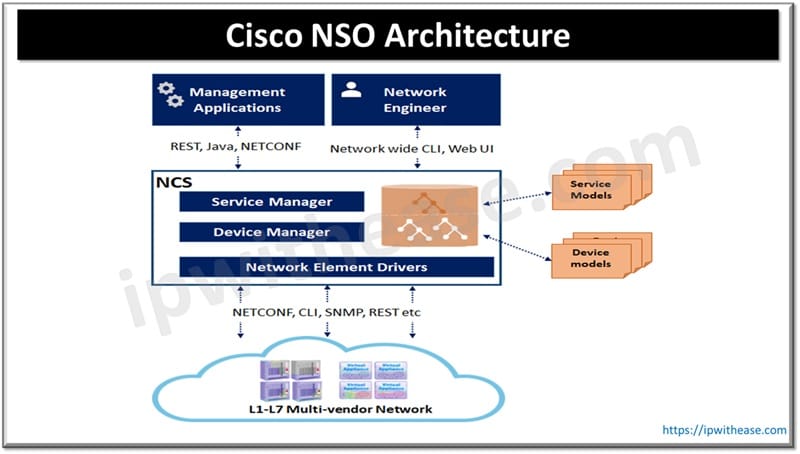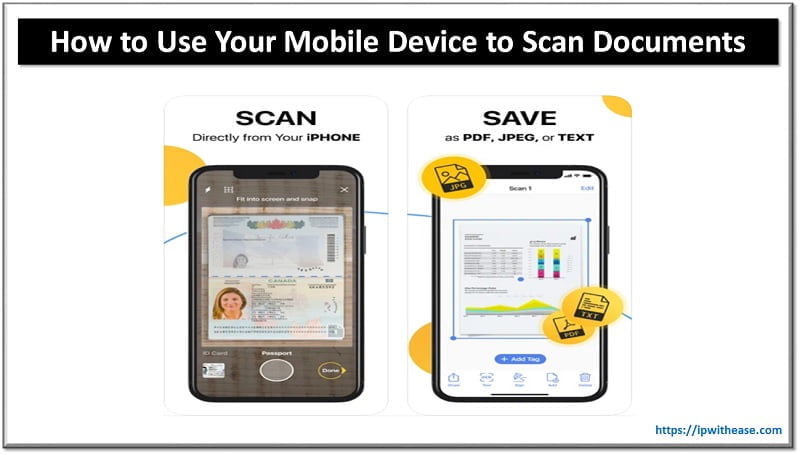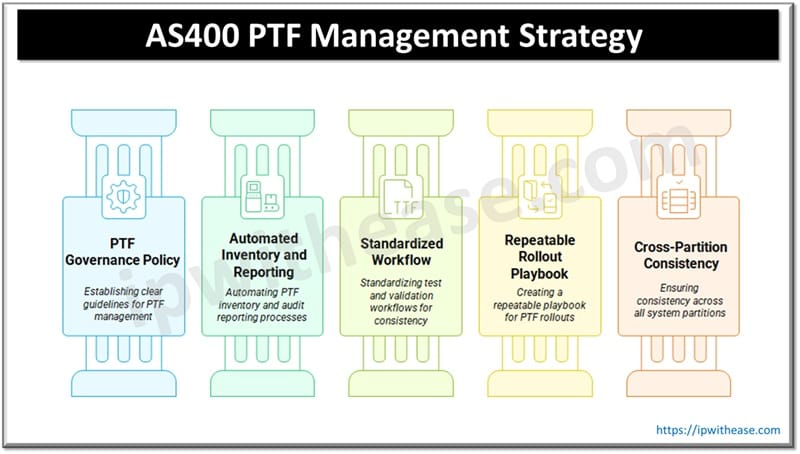Table of Contents
Cisco NSO is a leading automation platform which has been refined over a decade to become one of the most popular solutions in the network automation space across industries.
Robust automation is key to organization growth, reduction in operations costs, streamlined operations and low overheads but in real world automation is a complex affair.
Services and applications requirements are dynamic and they keep changing as infrastructures span across technologies, service providers or vendors. Organizations look for a tool which can bridge this and their Cisco Network Services Orchestrator (NSO) comes into the picture.
In this article we will learn more in detail about Cisco network services (NSO) tool, how it works, its benefits and characteristics.
What is Cisco NSO
Cisco Network Services Orchestrator (NSO) provides network automation and service orchestration. With network automation multiple network devices can be configured using a configuration template. With service orchestration a service can be configured on the network without issuing any commands and by providing values of parameters which need to be configured. It is a multi-vendor software supporting 170+ network devices from diverse vendors provided NSO has the driver for devices to support which are known as NED or network element drivers.
Features of Cisco NSO
- Programmatic interface which controls everything starting from basic such as turning on a network device up to complex configurations
- Fast, highly scalable and highly available
- With device abstraction layer along with network element drivers it can communicate and handle cisco and non cisco physical and virtual network devices with ease
- Generates a single well-defined API for complete network using standard YANG modelling language to automate any network device (Physical or virtual) from layer 1 to layer 7 or software defined networking overlays (SDNs)
- It captures real time configuration state of every service and device in the network

Architecture of Cisco NSO
For each supported network device there is an NED or device driver from Southbound. Communication with devices happens with different methods such as CLI, SNMP and RESTCONF basis of type of device and its vendor for configuration changes. Applications also communicate via this software from Northbound. NSO management can be done via command line interface (CLI) or graphic user interface (GUI). Network administrators primarily automate networks and do orchestration using NSO. NSO can be managed via NETCONF and RESTCONF majorly used by network developers and applications for getting or setting data using NSO.
Using Cisco NSO for Network Automation
Cisco NSO performs a variety of functions. We will look into them more in detail in this section.
- Service orchestration is all about the network life cycle starting from its development, implementation and activation. It lets you create, modify, delete or repair devices on demand.
- NFV orchestration manages virtual services for creating, modifying, deleting or repairing virtualized devices and services based on customer demand within a few seconds to minutes. Virtual network function is controlled with Cisco Elastic Services Controller (ESC) and Virtual Infrastructure Managers (VIMs) including OpenStack and vSphere with NFV Orchestrator (NFVO) which is an NFO package.
- Device management is handled by NSO on board device manager to reduce manual efforts for management of network elements and reduces chances of manual errors. Network element drivers manage the Cisco and other third party network devices of the NED abstraction layer.
- Audit and network policy compliance is adhered via network security orchestration which ensures devices are configured as per defined network security rules. Gold image or gold templates are the baselines against which device configuration is validated and any deviations are flagged out for corrections.
ABOUT THE AUTHOR

You can learn more about her on her linkedin profile – Rashmi Bhardwaj


